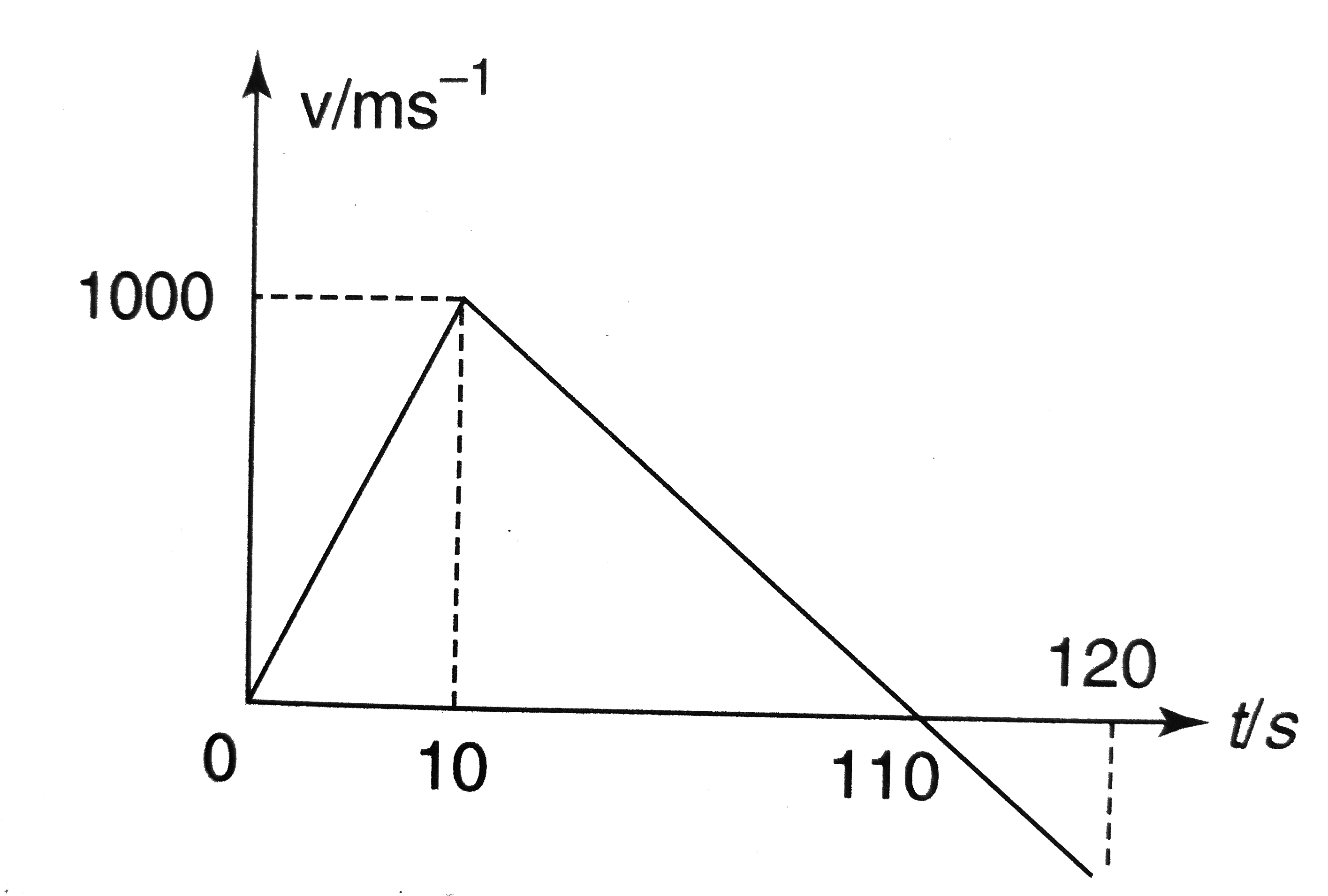In the Q.23, the maximum height attained by the arrow is:-
25m
40m
31.25m
12.5m
The correct Answer is:C
[time for downward journey ]
In this time it will fall a distance equal to maximum height.
Topper's Solved these Questions
- MOTION IN A PALNEBOOK - ALLENCHAPTER - MOTION IN A PALNEEXERCISE - EXERCISE-3
41 Videos
- MOTION IN A PALNEBOOK - ALLENCHAPTER - MOTION IN A PALNEEXERCISE - SOLVED EXAMPLE
28 Videos
- MOTION IN A PALNEBOOK - ALLENCHAPTER - MOTION IN A PALNEEXERCISE - EXERCISE-1
99 Videos
- KINEMATICS-2DBOOK - ALLENCHAPTER - KINEMATICS-2DEXERCISE - Exercise (O-2)
48 Videos
- NEWTON'S LAWS OF MOTION & FRICTIONBOOK - ALLENCHAPTER - NEWTON'S LAWS OF MOTION & FRICTIONEXERCISE - EXERCISE (JA)
4 Videos
Similar Questions
Knowledge Check
In the question number 62. the maximum height attained by the ball is
A11.25 mB48.2 mC23. 5 mD68 mIn the question number 62. the maximum height attained by the ball is
A11.25 mB48.2 mC23. 5 mD68 mThe graph shown the variation of velocity of a rocket with time. Then, the maximum height attained by the rocket is.
 A1.1kmB5kmC55kmDnone of these
A1.1kmB5kmC55kmDnone of these
A stone is thrown vertically upwards. When stone is at a height half of its maximum height, its speed is 10ms−1 , then the maximum height attained by the stone is (g=10ms−2)
View SolutionA stone is thrown vertically upwards. When stone is at a height half of its maximum height, its speed is 10ms−1 , then the maximum height attained by the stone is (g=10ms−2)
View SolutionA particle is thrown vertically upwards. If its velocity is half of the maximum height is 20m/s, then maximum height attained by it is
View SolutionA ball is thrown vertically upward in air. When the particle is at a height half of its maximum height its speed is 10 m/s. Then the maximum height attained by the particle is
View SolutionA stone is thrown vertically upwards. When stone is at a height half of its maximum height, its speed is 10ms−1 , then the maximum height attained by the stone is (g=10ms−2)
View Solution
